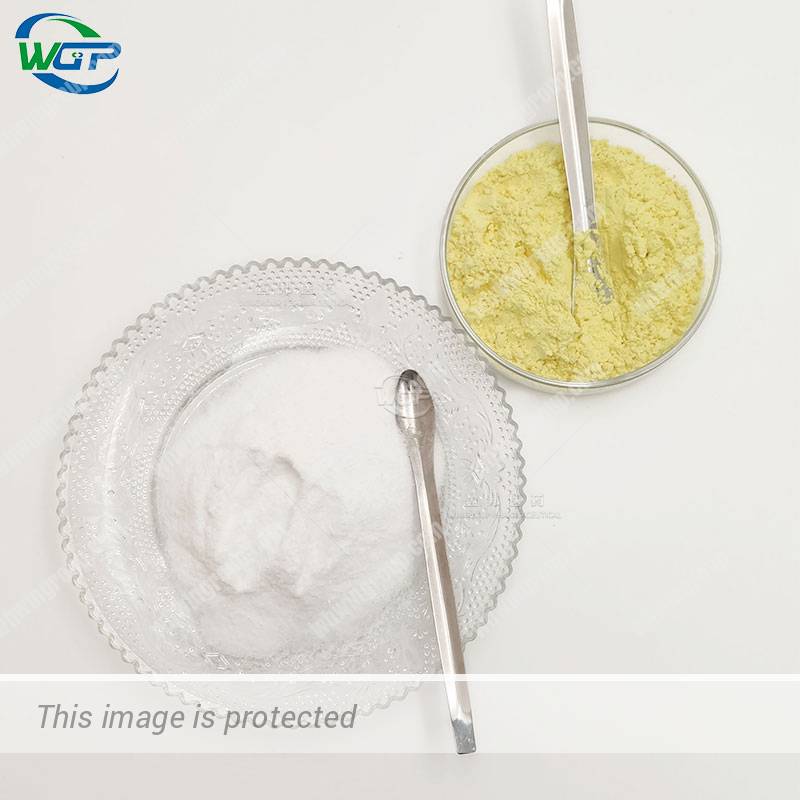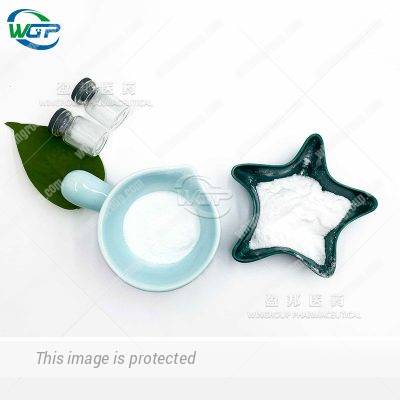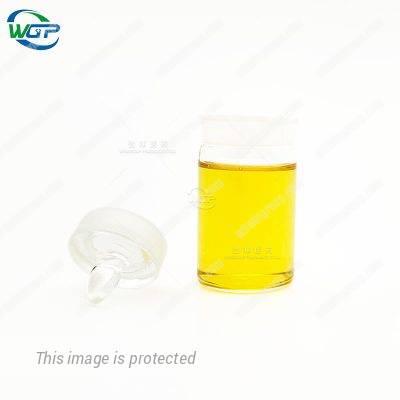Betahistine dihydrochloride
CAS:5579-84-0
MF:C8H14Cl2N2
Betahistine dihydrochloride (BH.2HCl) is an orally active histamine analog which has been used to control vertigo, lack of hearing and tinnitus related to Ménière’s disease. The mechanism of BH.2HCl is to reduce the pressure of the membranous labyrinth that results in enhancement of the microvasculature circulation and improves the signs of Ménière’s disease. Peroral administration undergoes extensive first-pass metabolism and gastric irritation in patients with peptic ulcer.
- Description
- Our Policy
- Additional information
Description
Betahistine dihydrochloride CAS 5579-84-0 Product Information
| Product Name: | Betahistine dihydrochloride |
| Synonyms: | BetahistineHCl;n-methyl-2-pyridineethanamindihydrochloride;Methyl[2-(2-pyridyl)ethyl]amine2HCl;N-methyl-2-(2-pyridinyl)ethanaminedihydrochChemicalbookloride;METHYL(2-[2-PYRIDYL]ETHYL)AMINE;METHYL[2-(2-PYRIDYL)ETHYL]AMINEDIHYDROCHLORIDE;BETA-HISTINEDIHDROCHLORIDE;BETAHISTINEDIHYDROCHLORIDE |
| CAS NO: | 5579-84-0 |
| Molecular Weight: | 209.12 |
| Molecular Formula: | C8H14Cl2N2 |
| Boiling Point: | 323.6±44.0 °C at 760 mmHg |
| Melting point: | 133-136 °C(lit.) |
| Density: | 1.0±0.1 g/cm3 |
| Appearance: | White power |
| Applications: | Phenacetin is mainly used as an antipyretic analgesic, with slow and lasting effects, treating headaches, neuralgia, joint pain, and fever, and weakly resisting rheumatism and inflammation. Can be used as a material for organic synthesis or a pharmaceutical intermediate. |
| Solubility: | soluble in water (more so in hot than cold water), alcohol, glycerol, and acetone and slightly soluble in benzene. |
| Storage: | Sealed in dry,Room Temperature |
betahistine dihydrochloride vs betahistine hydrochloride
Betahistine is a medication used to treat vertigo and other balance disorders associated with Ménière’s disease. It is available in two different salt forms: betahistine dihydrochloride and betahistine hydrochloride.
The difference between betahistine dihydrochloride and betahistine hydrochloride lies in the counterion that is paired with the betahistine molecule.
- Betahistine Dihydrochloride: In this form, betahistine is paired with two molecules of hydrochloric acid (HCl) to form a salt. The chemical formula of betahistine dihydrochloride is C₈H₁₅N₃·2HCl. It is the most commonly used salt form of betahistine.
- Betahistine Hydrochloride: In this form, betahistine is paired with one molecule of hydrochloric acid (HCl) to form a salt. The chemical formula of betahistine hydrochloride is C₈H₁₅N₃·HCl. This salt form is less commonly used compared to betahistine dihydrochloride.
Both betahistine dihydrochloride and betahistine hydrochloride contain the same active ingredient, betahistine. They are used for the same therapeutic purposes and have similar pharmacological effects. The choice between the two salt forms may depend on factors such as availability, formulation considerations, and regional preferences.
What is Betahistine dihydrochloride?
For the treatment of inner ear vertigo (ie Meniere’s syndrome), cerebral arteriosclerosis, the insufficient blood supply to the brain, and vertigo, vomiting and tinnitus caused by high blood pressure.
| Transit time | You will normally receive your parcel within 7-15 working days after shipment (this may be delayed in special circumstances, such as Chinese New Year). |
| Receiving method | Generally we will send the goods by courier or special line, of course, if the goods themselves in the local warehouse have goods, also support self-pickup, depending on the circumstances. |
| Overseas warehouse | We have overseas warehouses in some European countries and Australia, such as Germany, Russia and Australia. |
| Delivery Method | WGP will ship via courier companies such as DHL, FedEx, UPS, TNT or EMS. |
| About After Sales | Within 7 days of your receipt of the goods if you find any problems with the goods (broken packaging, less hair, etc.) please feel free to contact our sales, we will help you deal with it in time. |
Additional information
| Weight | 1 kg |
|---|---|
| Melting Point | 150-154 °C |
| Solubility | Very soluble in water, soluble in ethanol (96 per cent), practically insoluble in 2propanol. |
| Color | Light yellow, White |
| Form | Crystal powder |








Reviews
There are no reviews yet.